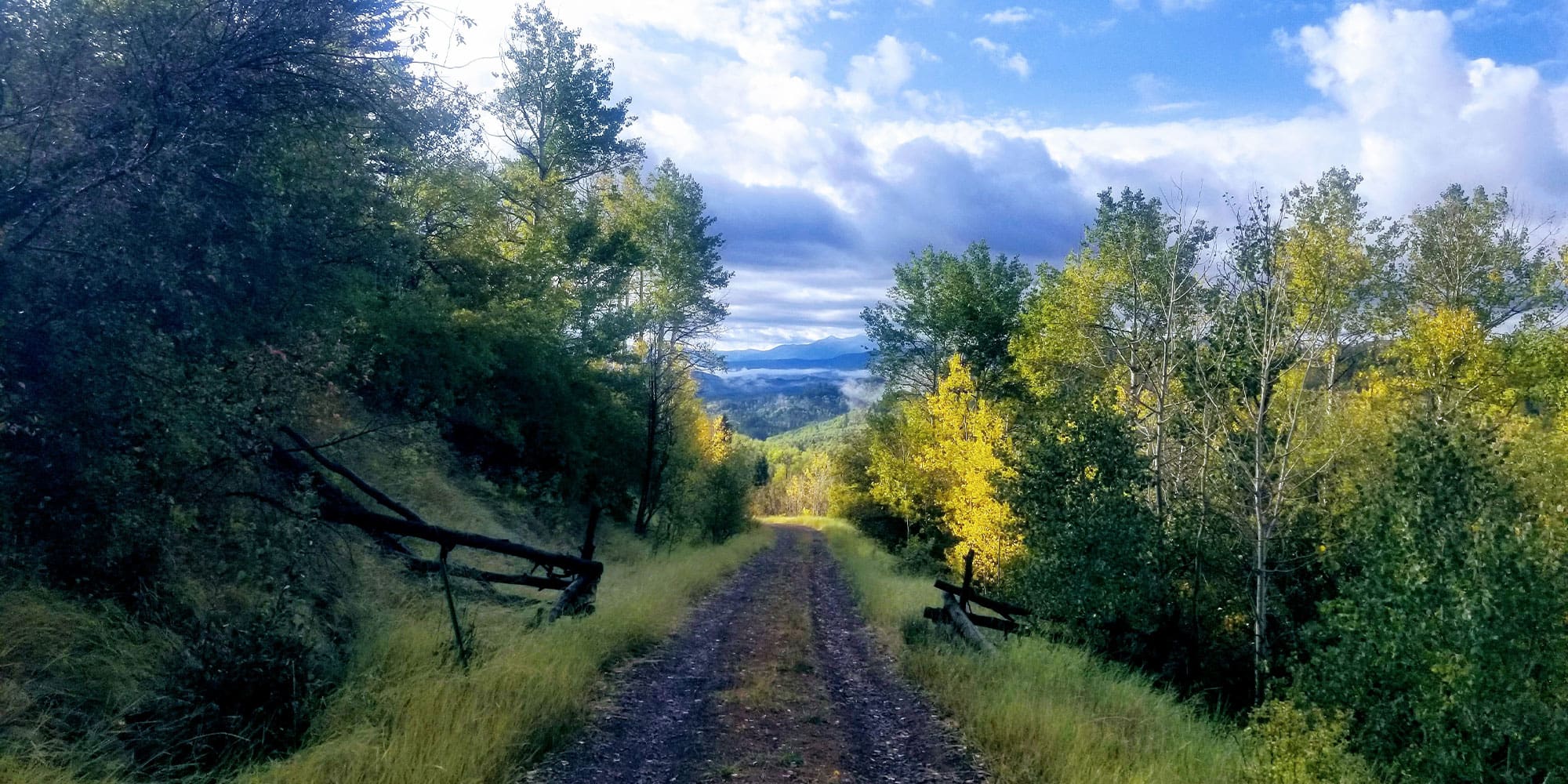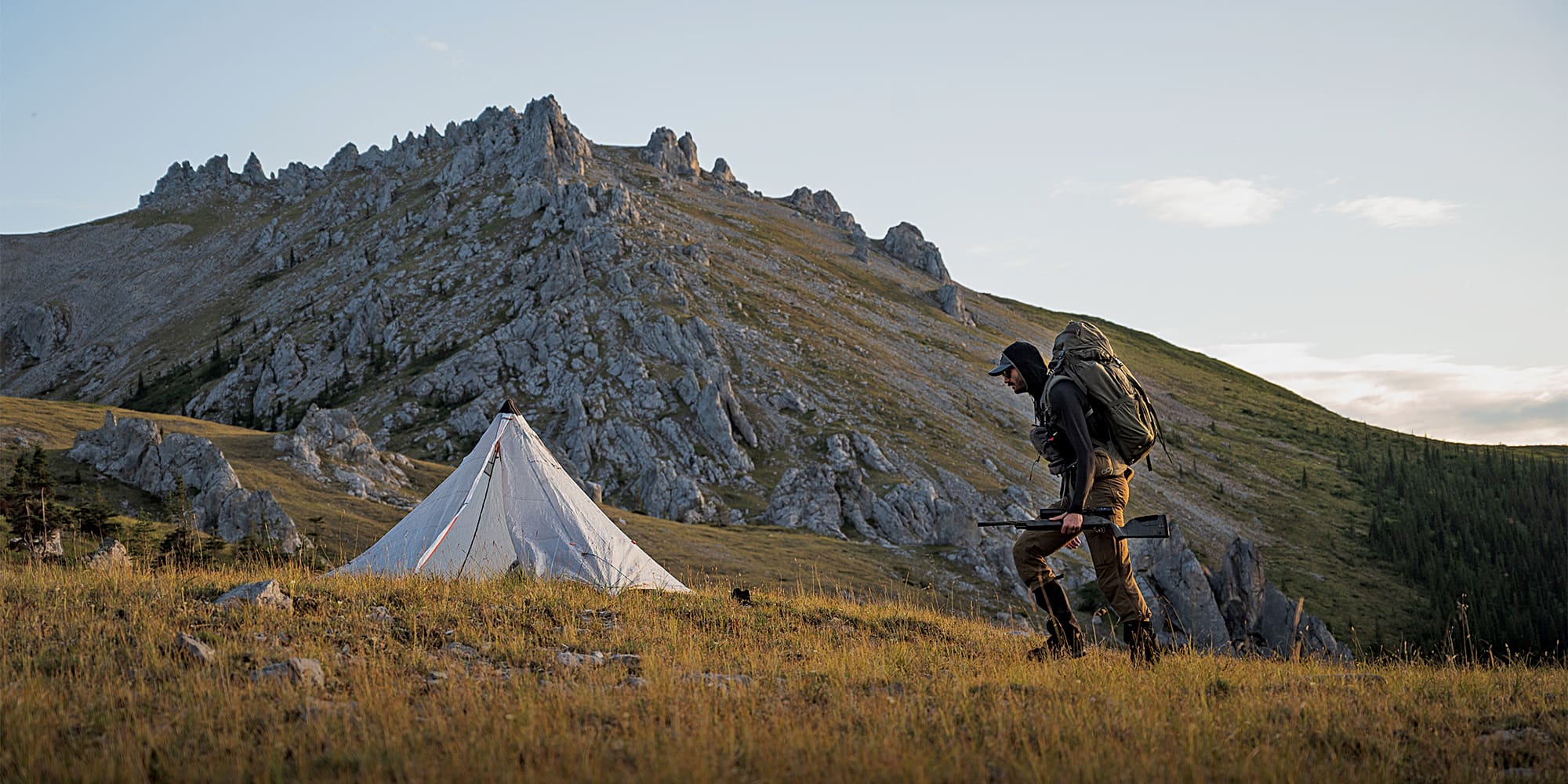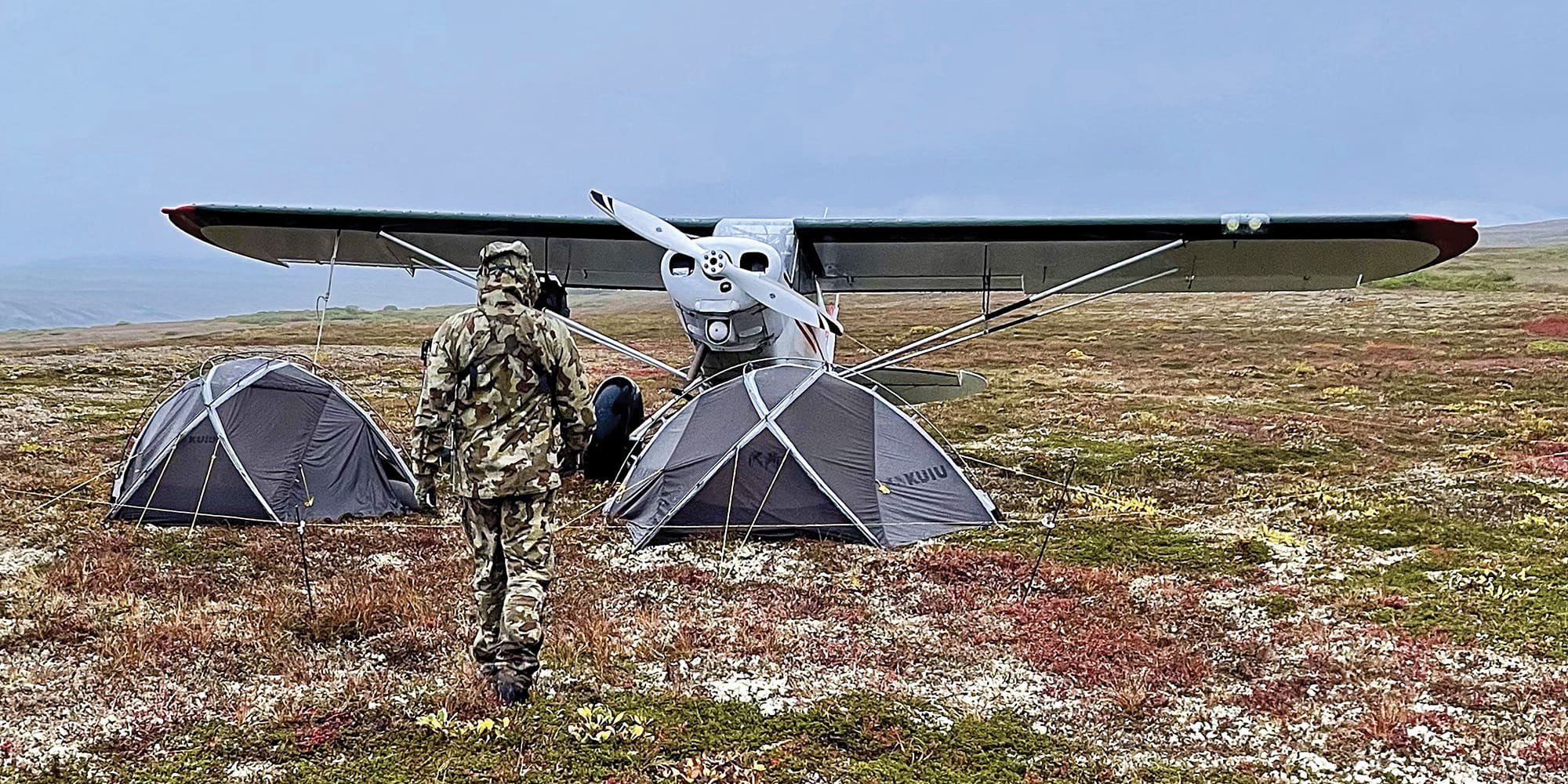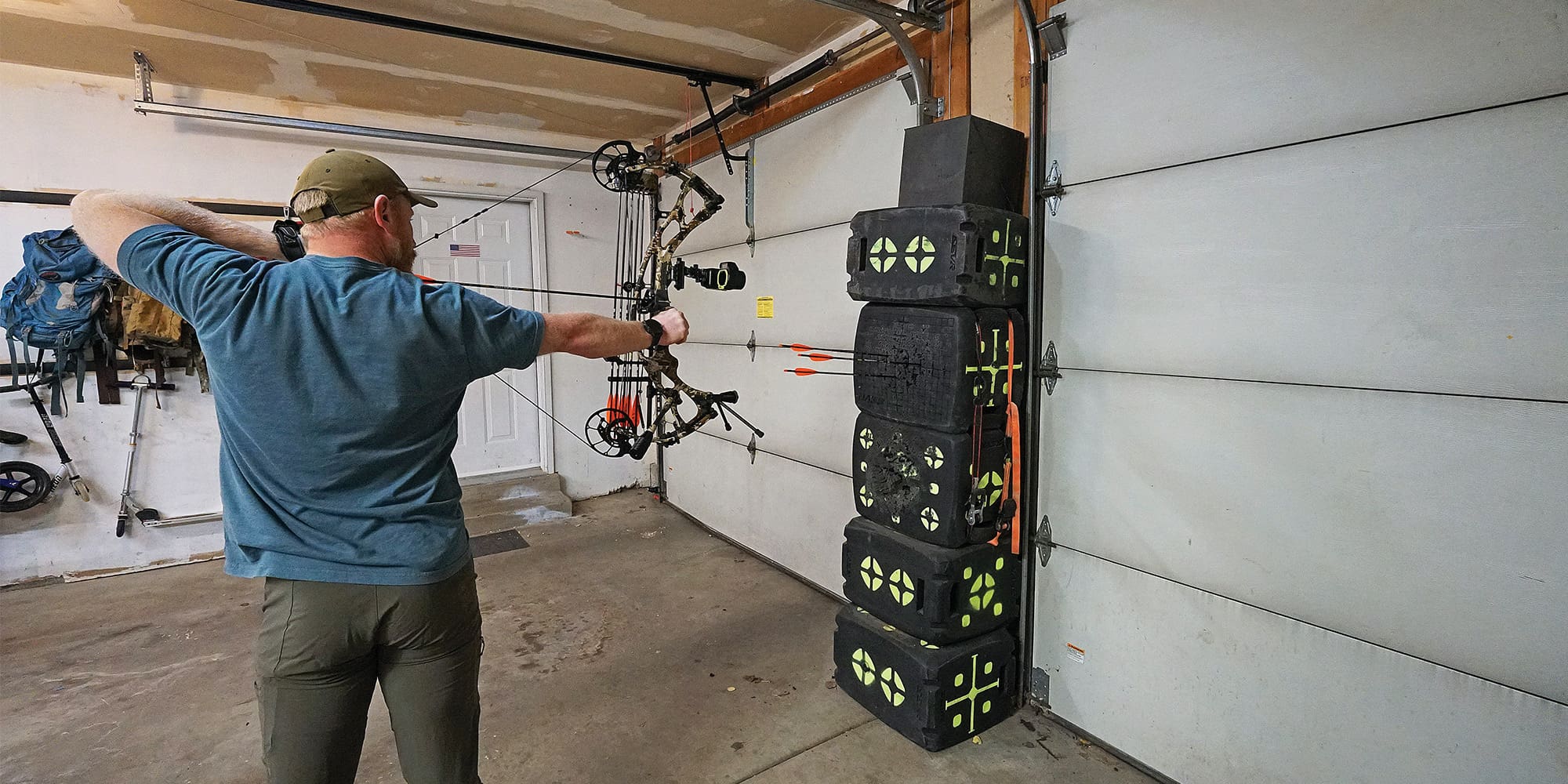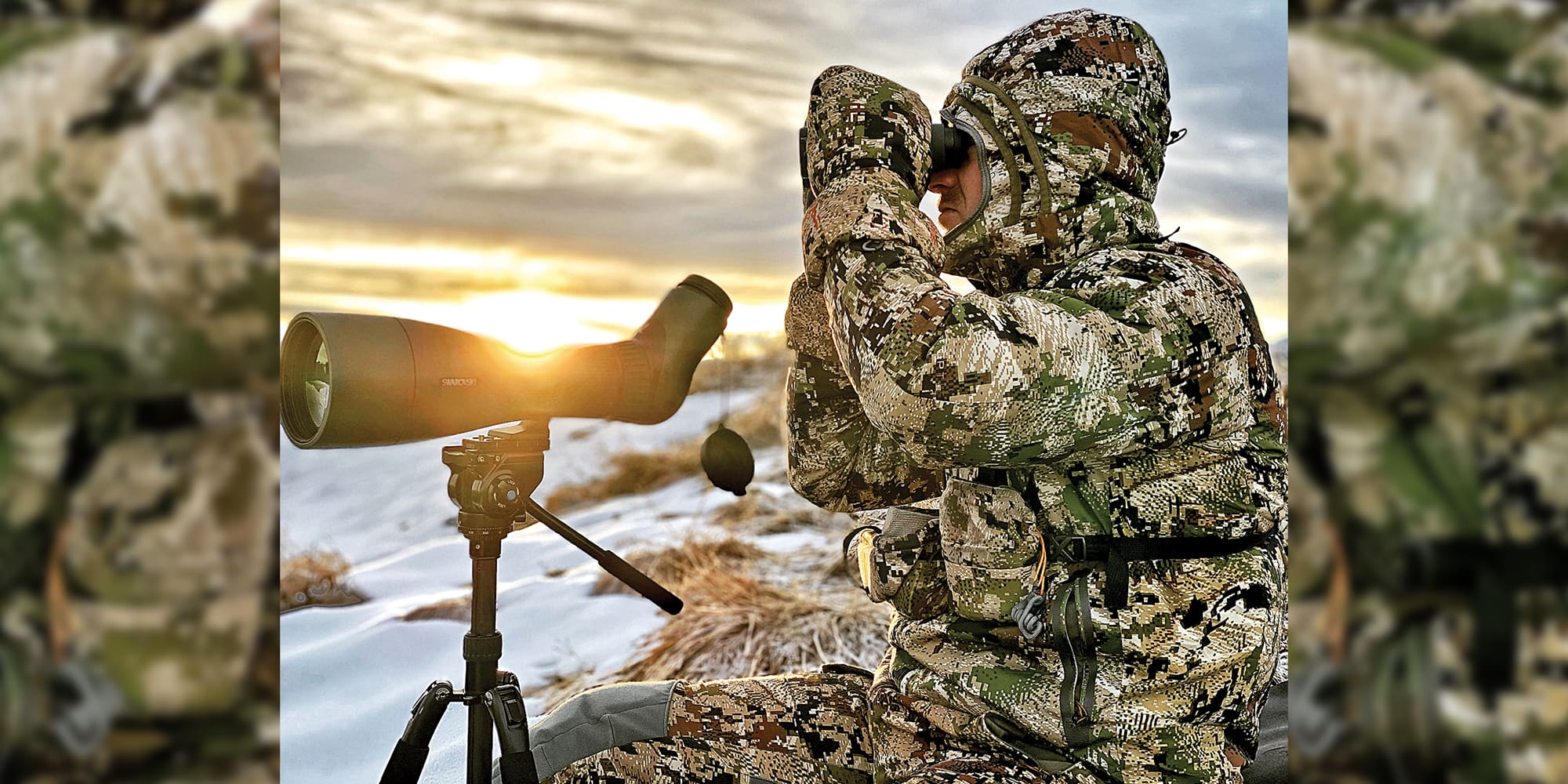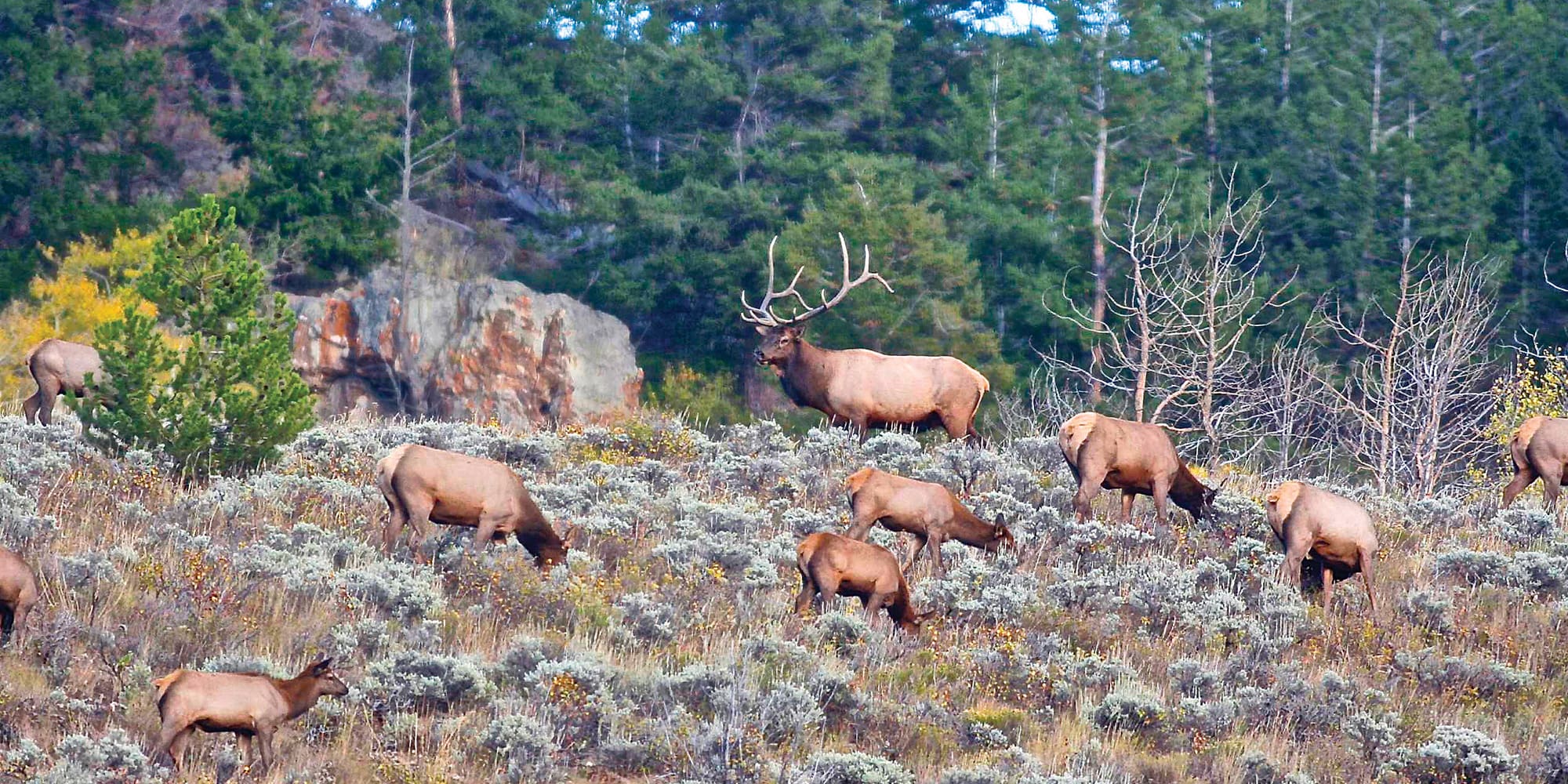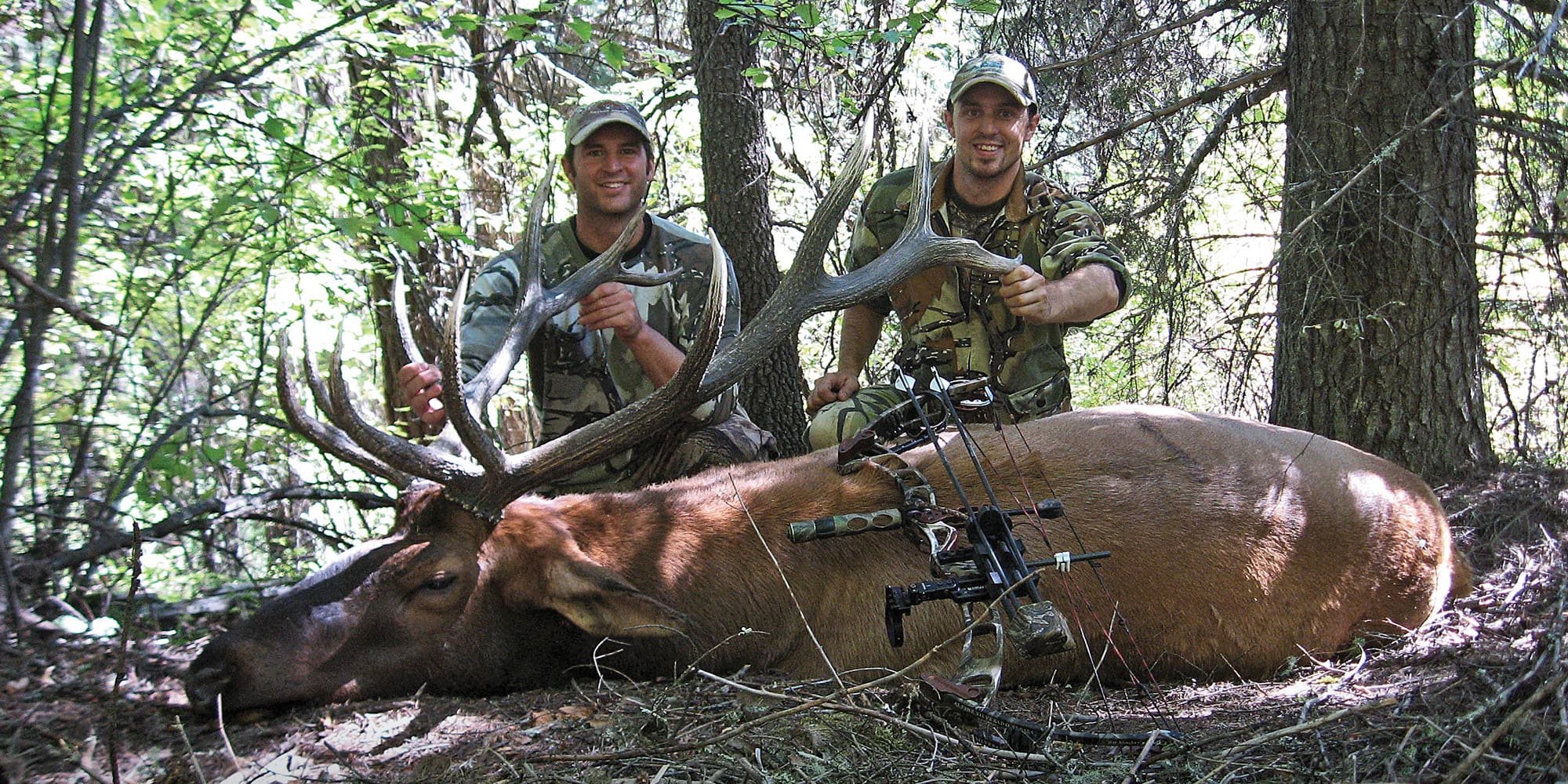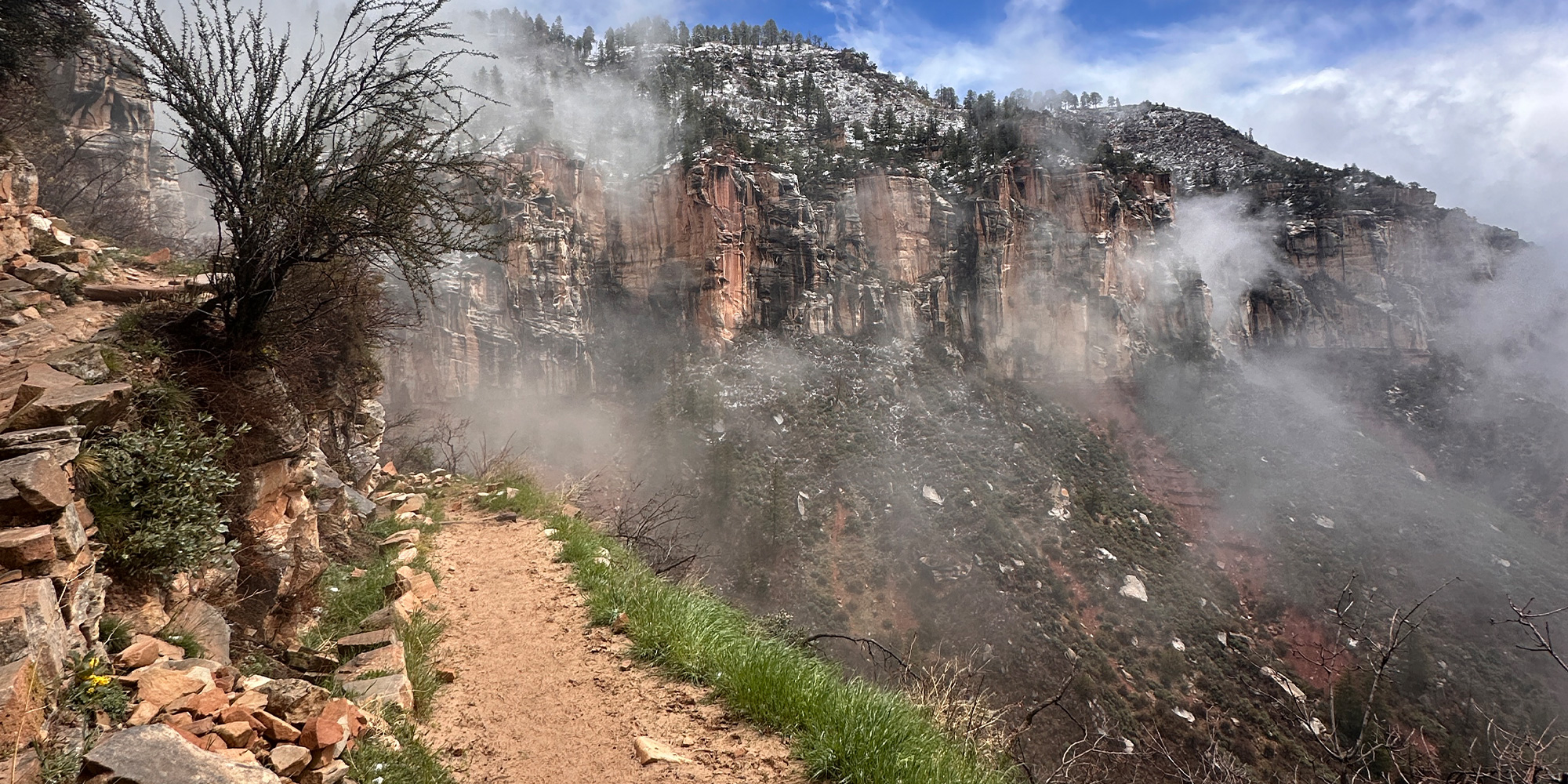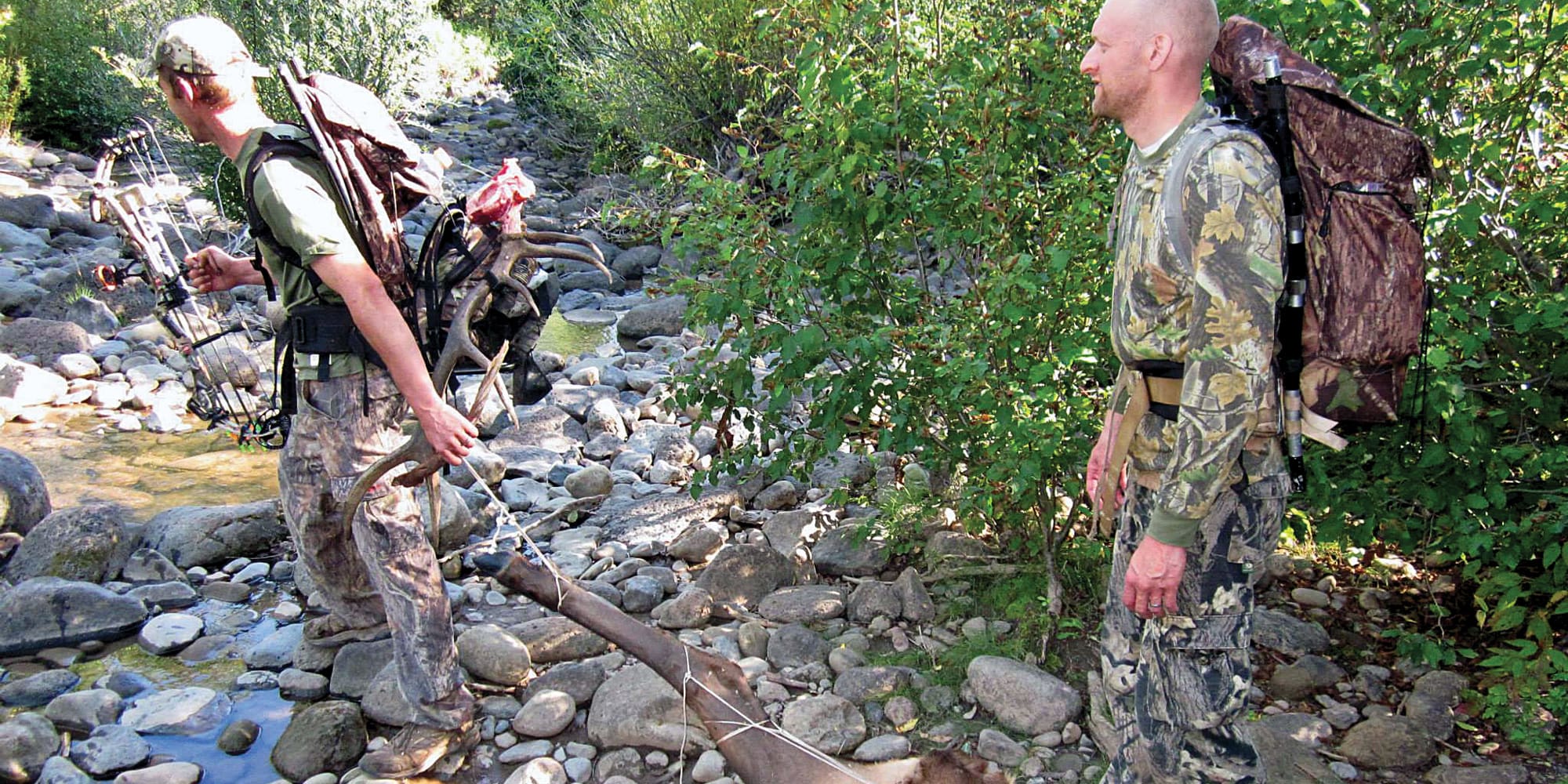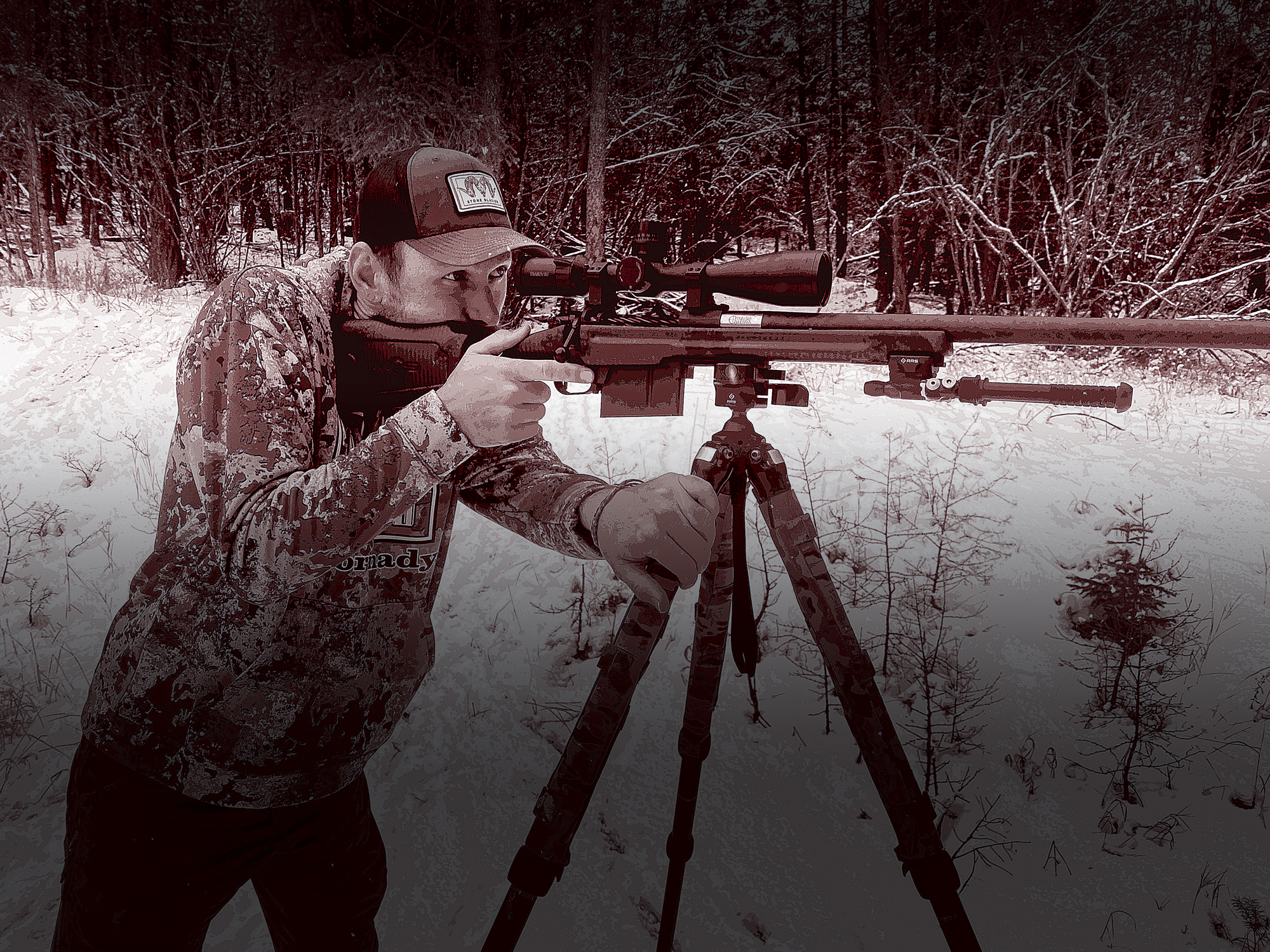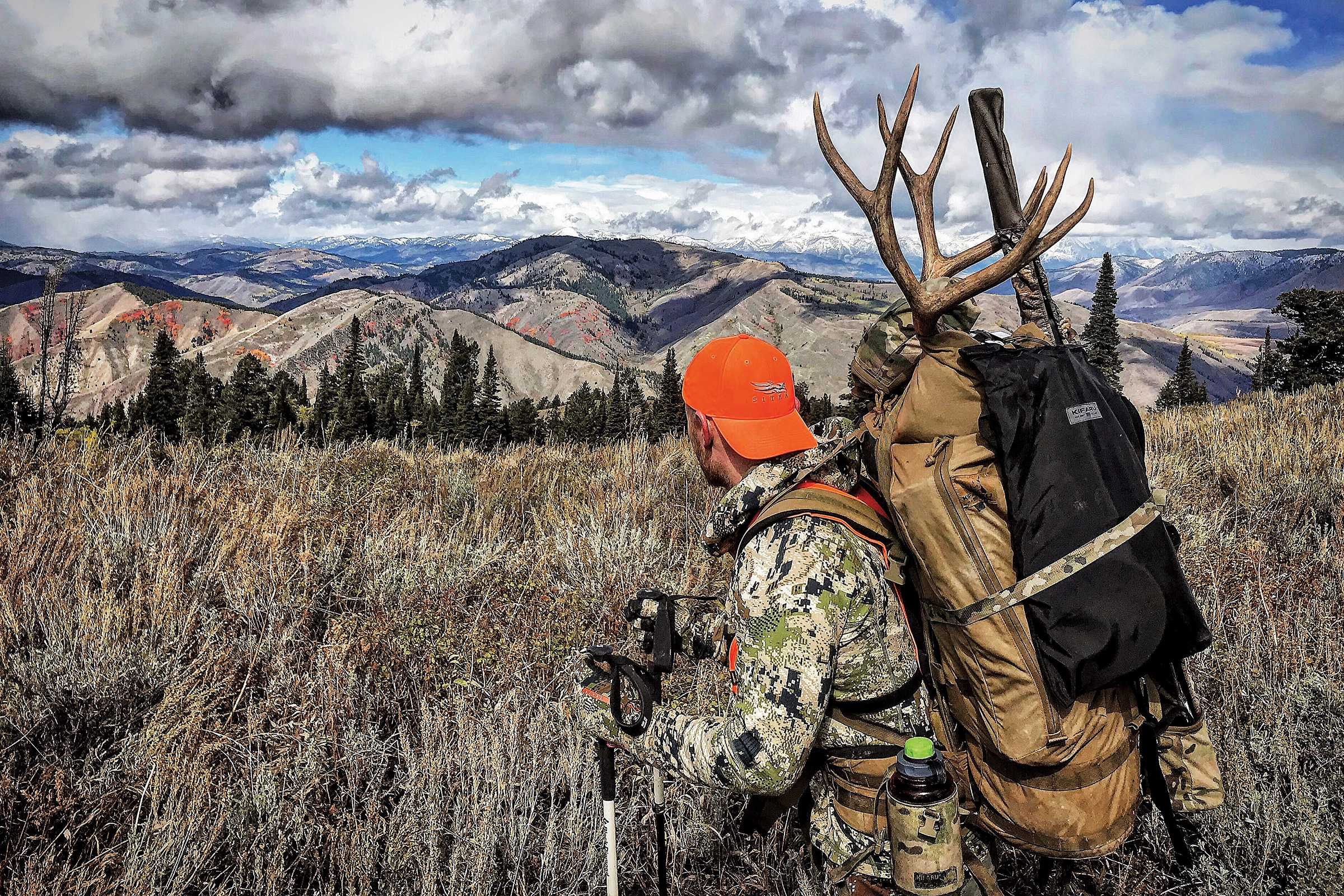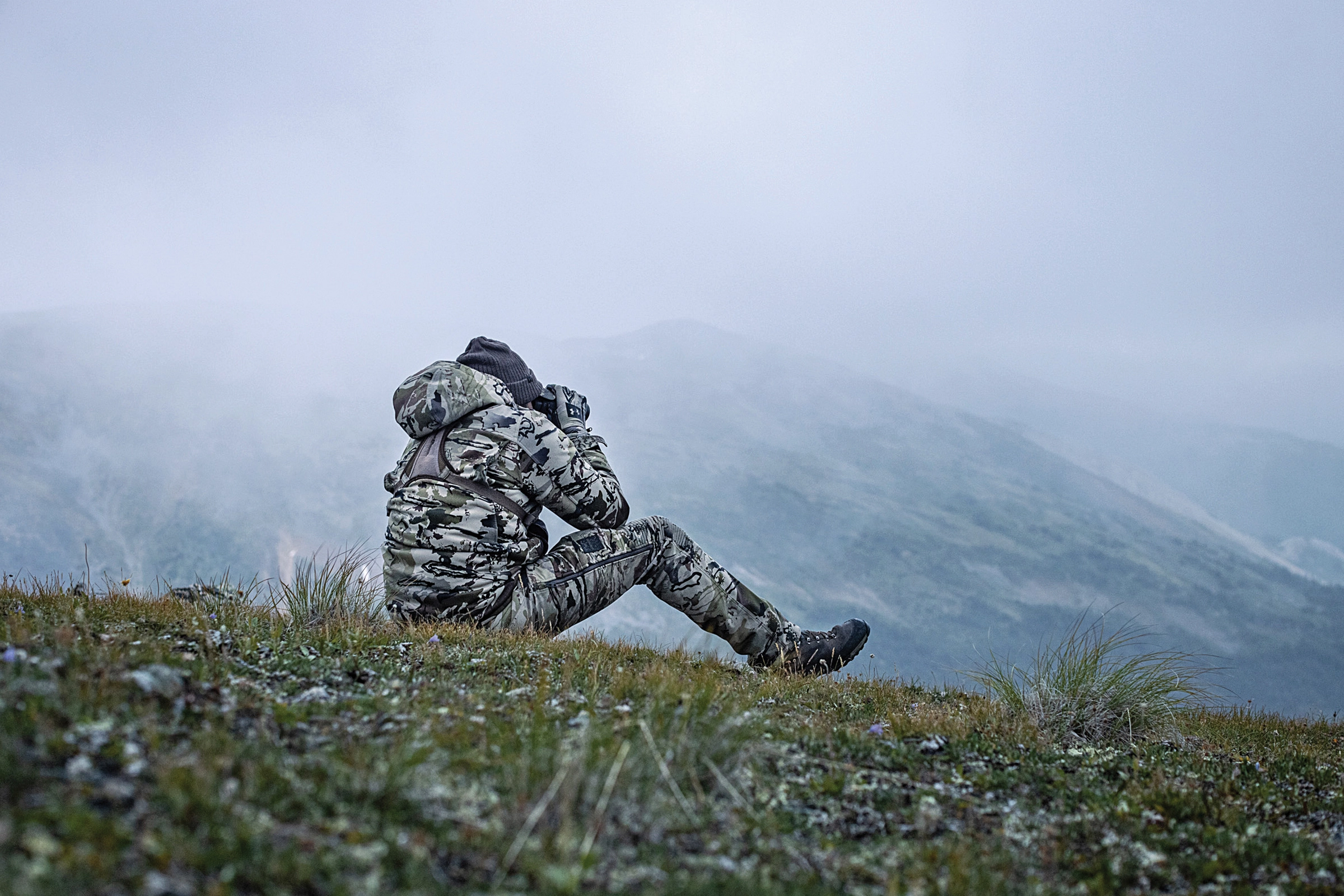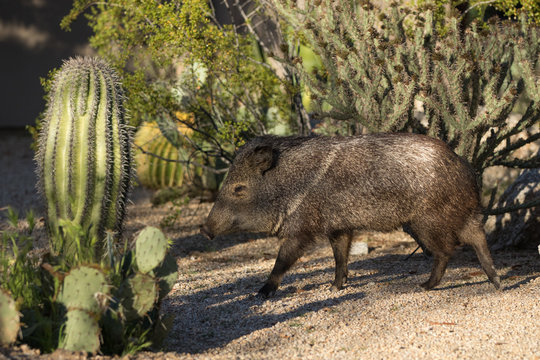
NOTICE: Certain links on this post may earn a commission for Western Hunter Magazine from Amazon or our other affiliate partners when you make a purchase. Thank you for your support.
Javelina Hunting: Made for Archery
By January, most bowhunters have hung up their bows and are daydreaming about next season. If they’re like me, they’re probably wishing opening day repeated itself daily just to keep the bowhunting embers burning. While I’m not suggesting bowhunting season should resemble Groundhog Day (although it would be nice), there is a North American critter available to pursue with a bow and arrow that can help fill the void for those willing to travel to a little warmer climate and escape winter’s grip; it’s the American javelina.
The javelina is often referred to as the perfect animal for bowhunting, as they are abundant in their desert environment and are generally easier to stalk within close range of than a desert mule deer. They’re also much easier to pack out! Frankly, they’re a blast to pursue.
While often believed to be in the pig family, the javelina is actually a peccary. The collared peccary is a hoofed mammal that originated from South America and is now found in parts of central and southern Arizona, southwestern New Mexico, south Texas, and Mexico.
They are herd animals that generally rely on each other to defend their respective territory, ward off predators, and regulate body temperature. They often use desert washes and travel corridors that consists of dense thorny vegetation.
Javelina tend to be most active at night, but like most desert animals, they are also active the first few hours of daylight and sometimes all day when in cold weather. They are covered with bristles of hair and not fur, so they require warmth, which is why it’s common to see them feeding on sunlit hillsides in the early mornings.
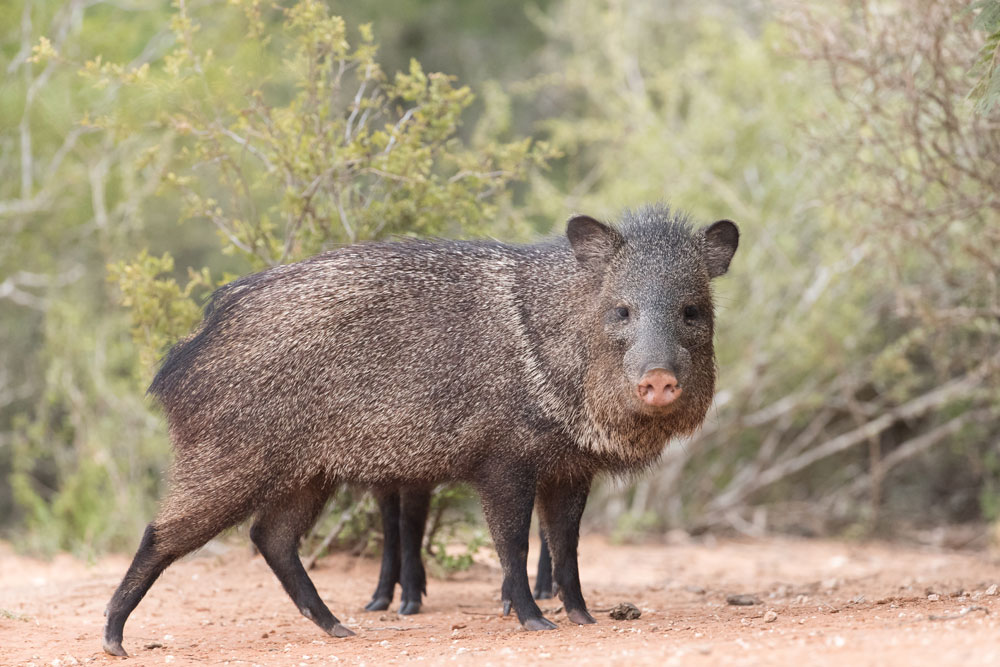
Javelina are about 19 inches tall and most mature adults weigh 35-60 lbs. on the hoof. Female javelina average a litter of two per year and often deliver their young between November and March. Lifespan averages 7.5 years in good environments. They have an exceptional sense of smell, but below average eyesight, which make them a prime candidate for stalking close.
One unique physical characteristic is a scent gland on their back near their hindquarters. They rub this on each other and their respective territory to identify each other and to detect javelina from a different herd. The gland is within the hide and easily removed when skinned. This is why their nickname is “stink pig”. It’s a pungent skunk-like smell that is easily recognized.
Javelina consume plants, cacti, bulbs, tubers, mesquite beans, and sometimes grubs and insects. However, it’s been my experience that their favorite food is prickly pear cactus. I’ve seen them shred an entire plant of the pads and move on to the next one, without a care in the world. It’s simply amazing to see them ingest the cactus - thorns and all.
Typical Terrain
In Arizona, New Mexico, south Texas, and Mexico, javelina are usually found in the typical Sonoran Desert terrain where mesquite trees intertwine with cholla and prickly pear. When you sprinkle a few ocotillo and saguaro thickets, you’re looking at prime javelina hunting country. Everything in this country will either stick, prick, or sting you, making it a javelina paradise and shredding even the toughest pair of clothes and boots.

They can also be found in the grasslands of southern Arizona, but the habitat makes it difficult to locate them. Recently, they’ve also expanded their range to the pinyon/juniper country near Sedona, Prescott, and even Flagstaff and Show Low. In this terrain, they prefer thick oak brush washes and the occasional manzanita thicket. Densities are much lower here, but they are expanding.
Obtaining a Permit
Arizona: Almost all archery permits are conducted through the spring draw. However, many of the southern and central units don’t sell out and are available at Game & Fish Offices first-come-first-served. If you want to ensure a tag, the spring draw application period is in September with the deadline in October. Obtaining a leftover permit after the draw usually isn’t a problem, depending on the unit.
New Mexico: You’ll also need to apply for them in the draw. You’ll need to purchase a hunting license, as well as a javelina hunting permit, if drawn. There’s also a habitat stamp required.
Archery draw permits are a bit more difficult than Arizona but still reasonable. There are only a limited number of units that have javelina hunting, and most are in the southwest portion.
Texas: While Texas offers archery javelina hunting, many of the opportunities occur on private property, where fees are generally required. As such, I won’t go into too much detail here. However, if you’re hunting for a different species, check into adding javelina, since many counties have liberal seasons with unlimited bag limits.
Reservations: There are also a few Indian Reservations in Arizona that allow non-tribal members to bow hunt javelina. Success runs high and hunter numbers are generally lower. The San Carlos Apache Reservation, White Mountain Apache Reservation, and the Hualapai Reservation are just three reservations that offer permits.
Areas to Hunt
This article will focus on Arizona, due to 1) most opportunity, and 2) my knowledge base due to living nearby.
Scouting is obviously the best way to go, but assuming you're unable, there are two other ways for nonresidents to successfully research areas. In Arizona, javelinas are measured for trophy status and documented in a state record book system. The Bowhunting In Arizona (BIA) record book is chock full of valuable research info. Trophies are determined by two skull measurements (length + width), with a minimum measurement of 13-12/16. According to the 5th edition, the state record javelina was measured at 15.04” and was arrowed in Unit 30B.
Based on record book entries alone, one can see that Region V of the AZG&F website leads the state in record book entries. This region includes units 28 through 38M, with the most entries coming from Unit 33 (112 entries). Unit 32 is second (77), with units 30A and 37 (A & B) following closely behind.
Region VI is also solid. These units (20B through 26M) have a fair amount of record book listings, especially units 21 & 22.
Once you decide on a unit, it’s time to find out where to go. The AZG&F website is one of the best I’ve ever navigated. It has a section on “where to hunt” that is broken down into regions. Each region (I-VI) will have specific units listed with info on species that reside there, current population, and areas to hunt, including roads, peaks, and landmarks. This is extremely valuable info. I’ve found that the info listed is spot on. Arizona Game & Fish wants their bowhunters to be successful, and the info provided supports that concept.
Javelina Hunting How To
There’s no big secret to archery javelina hunting, as the most difficult task is actually spotting them. Like most desert critters, getting up high on vantage points and glassing sunny hillsides in the early mornings where they seek warmth increases your odds.
High-quality binoculars and a good spotting scope and tripod are crucial. These techniques allow you to spot javelina and also learn their daily habits for future ambush spots. If you can find a location with good prickly pear, nearby water, cover, and a vantage point, you should be in a good position.
Once a herd is spotted, the stalk begins. Javelina have an excellent sense of smell, so remaining downwind is crucial. Their eyesight is their weakest sense, but it’s not as bad as many believe. You’re not going to be able to walk right up on them, as they see movement and silhouettes fairly well within 100 yards. However, because they’re small, low to the ground, and continually rooting, they’re not constantly scanning for danger. As such, I don’t begin to slow down my approach until I’m within 100 yards. Their biggest security blanket is their herd numbers and many sets of eyes.
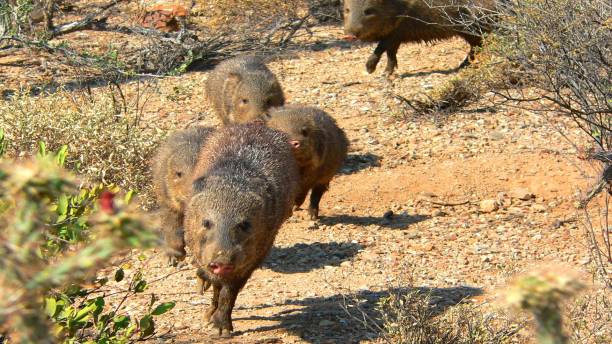
It still amazes me how close a bowhunter can get when conditions are good. Remember, their vitals are very small, so getting close is paramount. My closest shot ever was three yards with my recurve. Many others I’ve taken have been less than 15 yards.
If you’re patient, move slow, and the wind stays true, you can get close for an ethical shot.
One other tactic that has become popular is calling them. I’ve done it a few times and it can be exciting and becomes real “western” in no time! Once you move into an area where javelina sign is present, using a javelina distress call will often bring the entire herd in on a dead charge. The call is designed to replicate the sound of a javelina being attacked by a predator. Since javelinas are territorial herd animals, their instinct is to fight and assist. It’s a great way to draw them in close.
Another benefit to this technique is that if you miss, if you continue to blow on the call, they will normally come back time and time again, offering multiple shots. I use the J-13 javelina call, which can be purchased at www.javelinahunter.com.
Typical Equipment Needed
Archery seasons are generally during January in Arizona, New Mexico, and Mexico. As such, weather range from highs of 70 to lows in the teens. I’ve been on desert hunts where it never got above 40 and some that were downright hot. Having the correct hunting clothing and gear requires a bit more strategizing and packing but makes a much more enjoyable hunt.
Camping is fairly easy compared to other hunts. The areas are generally easy to navigate, and flat areas are prevalent. It’s conducive for towing a trailer and having the conveniences of home while hunting. If tent camping is more your style, there should be no issues here. Just ensure you bring plenty of water to use for cooking and hunting, as nearby towns are often far away.
All your normal archery setups that you use for deer or elk will work for javelina hunting as well. However, having a full first-aid kit is needed here, as even the vegetation can hurt you. One thing to add to your kit is a good pair of tweezers! I have the knack of running into cholla and prickly pear all the time. The nearly microscopic thorns are difficult to remove without them.
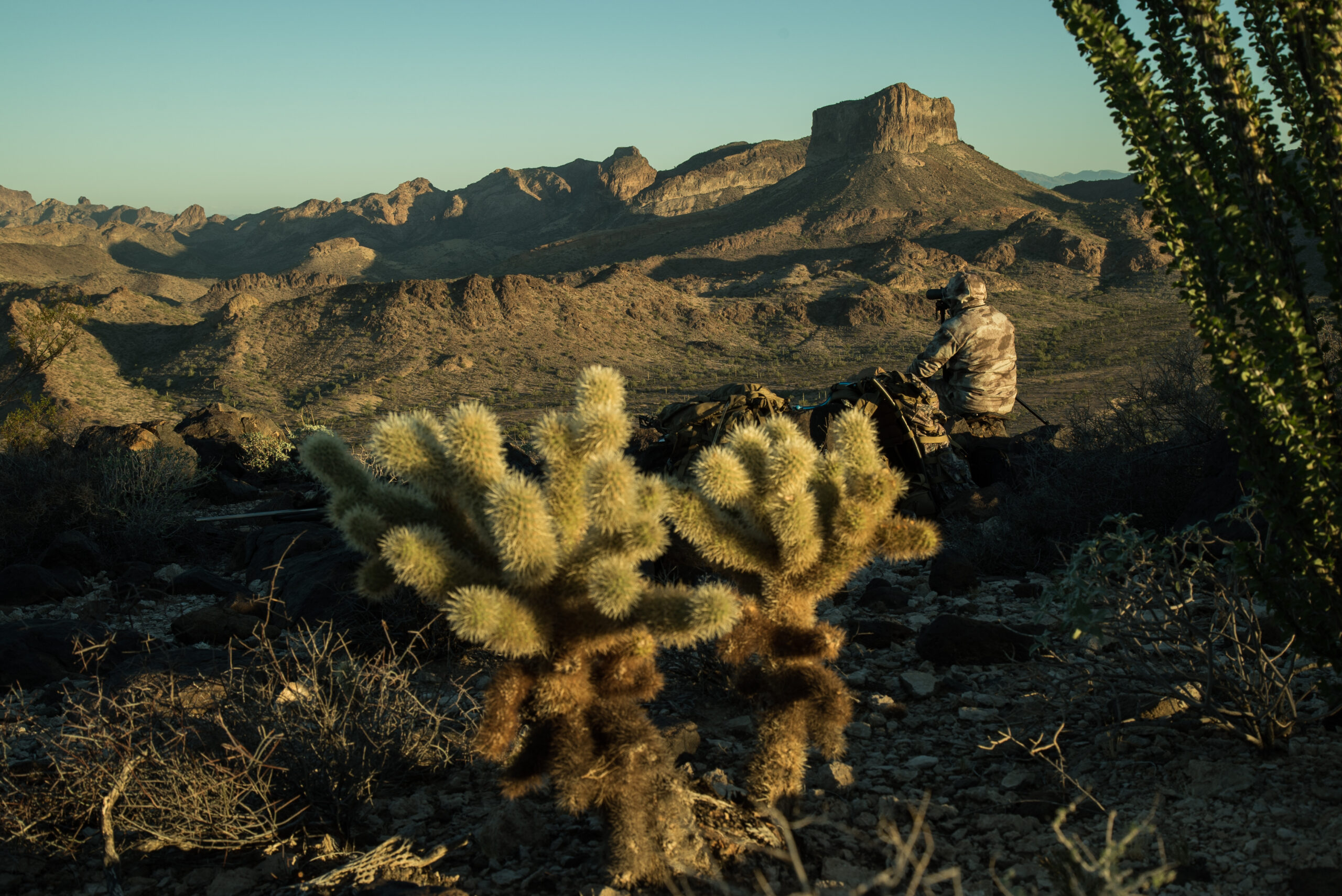
Conclusion
Javelinas are unique and interesting critters that offer the bowhunter suffering from wintertime blues the opportunity to bowhunt them during the dead of winter. Their abundant numbers, easily obtainable archery tags, warm environment, and their limited sense of sight, make them a prime target for any bowhunter; especially those who are new to the sport or struggling with success.


